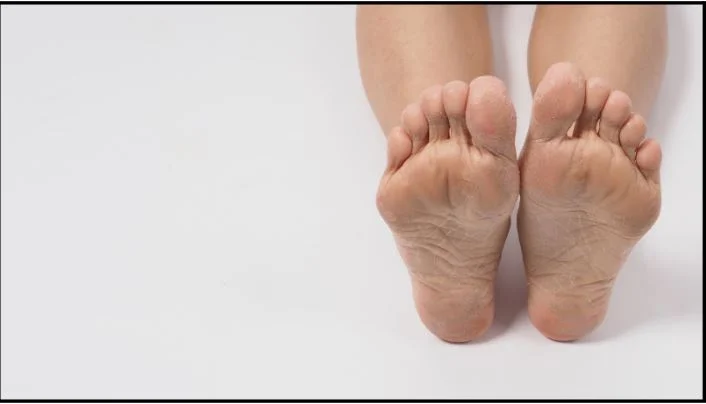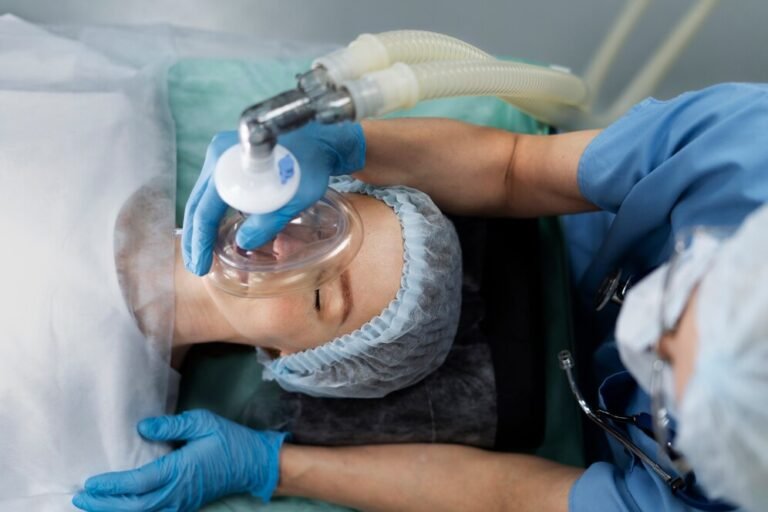Discover the Art and Science Behind Nose Surgery
In recent years, cosmetic surgeries have become more popular, with nose surgery, also known as rhinoplasty, leading the charge. Whether for medical reasons or aesthetic enhancement, this procedure has captured the interest of many. With advances in medical technology and techniques, nose surgery (Aka Nasen OP) can significantly alter one’s appearance and boost self-confidence. This blog post aims to provide a comprehensive guide for those intrigued by rhinoplasty, offering insights into the procedure, preparation, recovery, and beyond.
Understanding Rhinoplasty
Rhinoplasty is a surgical procedure that reshapes the nose to enhance facial harmony or improve breathing. Surgeons may employ various techniques, including closed rhinoplasty, where incisions are made within the nostrils, or open rhinoplasty, which involves an incision on the columella. Each method offers distinct benefits, and the choice often depends on the complexity of the procedure and the surgeon’s expertise.
Before considering nose surgery, potential patients should thoroughly research and reflect on their motivations. Understanding the benefits, such as improved facial balance or alleviated breathing issues, is crucial. Equally important is recognizing the risks involved, as with any surgery. Engaging with qualified professionals and seeking multiple consultations can aid in making an informed decision.
Rhinoplasty isn’t merely a cosmetic endeavor; it’s a deeply personal decision that requires careful consideration. By exploring different options and understanding one’s goals, prospective patients can approach the procedure with confidence and clarity.
Preparing for Nose Surgery
Preparation is key to a successful surgery and smooth recovery. It starts with selecting a board-certified surgeon experienced in nose surgery. During initial consultations, patients should discuss their expectations, review before-and-after photos, and ask about the surgeon’s approach and experience.
Physical preparation involves following specific guidelines provided by the surgeon, such as avoiding certain medications and ceasing smoking, which can impede healing. Patients are also advised to arrange for post-op care and support, ensuring a stress-free recovery environment.
Mental preparation is equally vital. Understanding the realistic outcomes of nose surgery and communicating openly with the surgeon can help manage expectations. Being mentally prepared can reduce anxiety and foster a positive mindset, both essential to a successful surgical experience.
The Surgery Day
On the day of the surgery, patients should arrive at the clinic or hospital early to complete pre-operative procedures, including paperwork and meeting with the anesthesiologist. Familiarity with the surgical facility and the medical team can help ease nerves.
The surgery itself typically lasts one to three hours, depending on the complexity. Patients will be under general anesthesia, ensuring a pain-free experience. Surgeons perform the carefully planned modifications to enhance nose structure and address any functional issues.
Post-surgery, patients are monitored as they wake from anesthesia. Most can return home the same day, though someone should be available to drive them and assist during the initial recovery phase. Managing anxiety is crucial, and relaxation techniques such as deep breathing or listening to calming music can be beneficial.
Post-Operative Recovery
Recovery from nose surgery is a gradual process requiring diligence and patience. In the first few days, patients will experience swelling, bruising, and discomfort, which can be managed with prescribed medications. Keeping the head elevated and applying cold compresses can further alleviate swelling.
Dietary considerations are also important. Soft, nutritious foods that require minimal chewing are recommended to avoid unnecessary strain. Hydration is essential, aiding in the healing process and keeping tissues supple.
Follow-up care is critical to ensure optimal results. Regular appointments with the surgeon allow for monitoring and addressing any concerns. Adhering to post-operative instructions, such as avoiding strenuous activities, will promote healing and reduce risks of complications.
Results and Beyond
Nose surgery often yields impressive results, but it’s essential to set realistic expectations. Swelling may persist for several months, and the final shape of the nose might not be evident until a year post-surgery. Patience is key.
For inspiration, exploring patient testimonials and viewing before-and-after images can provide reassurance and motivation. Many individuals express increased self-esteem and satisfaction with their altered appearance, often noting enhanced facial harmony and improved breathing.
For those contemplating nose surgery, understanding the long-term commitment to care and maintenance is vital. Proper skincare, sun protection, and a healthy lifestyle will help preserve the results and enhance overall well-being.
Nose surgery offers a remarkable opportunity to improve both appearance and function. This guide has explored the procedure, preparation, and recovery, highlighting the importance of informed decision-making and realistic expectations. For those considering rhinoplasty, embarking on this transformative journey requires careful thought and professional guidance.
If you’re interested in learning more or discussing your options, consider booking a consultation with our expert team. For further reading and resources, visit our website, where you’ll find more in-depth information to support your decision-making process.






